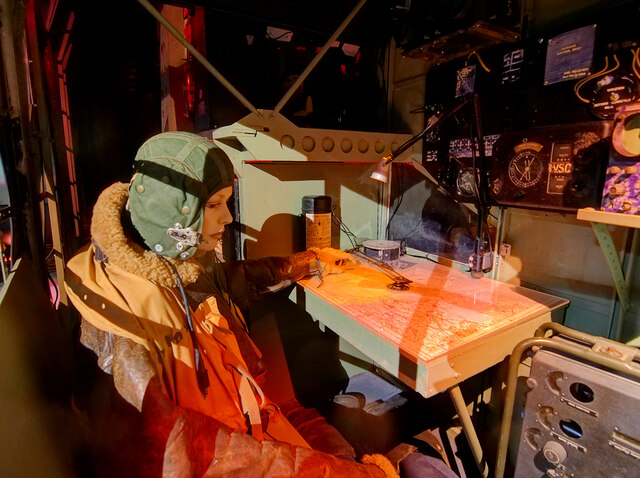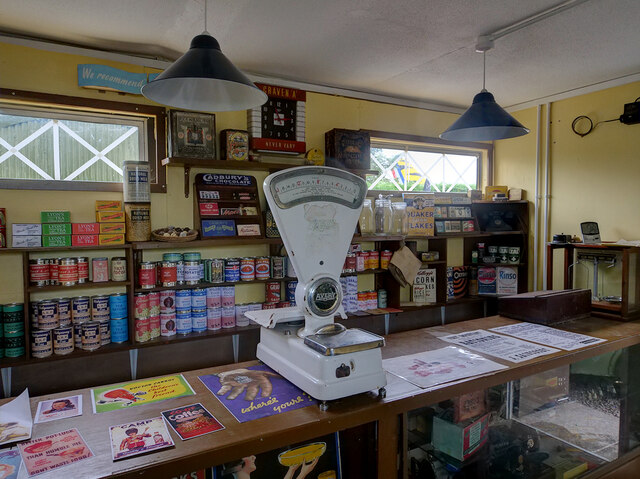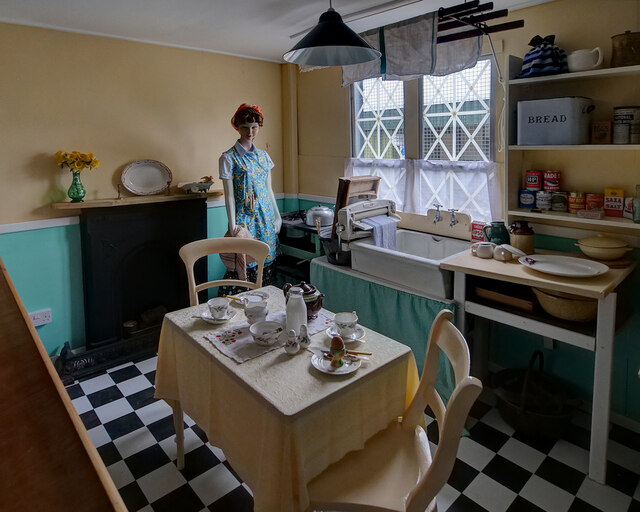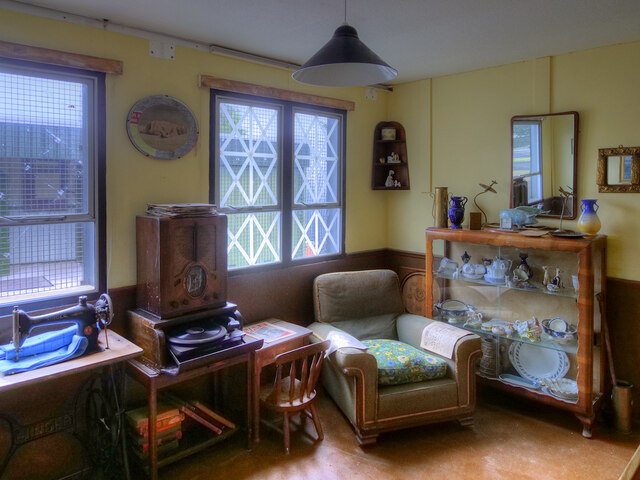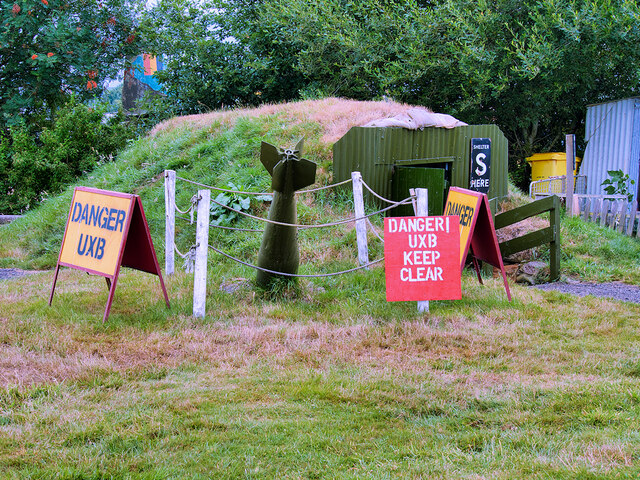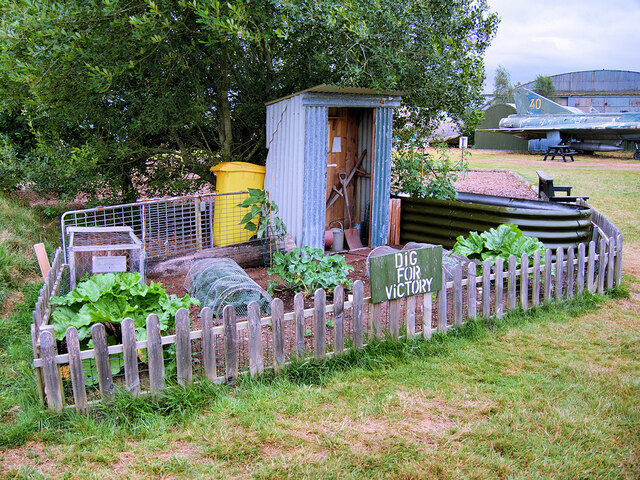Manse Moss
Downs, Moorland in Dumfriesshire
Scotland
Manse Moss
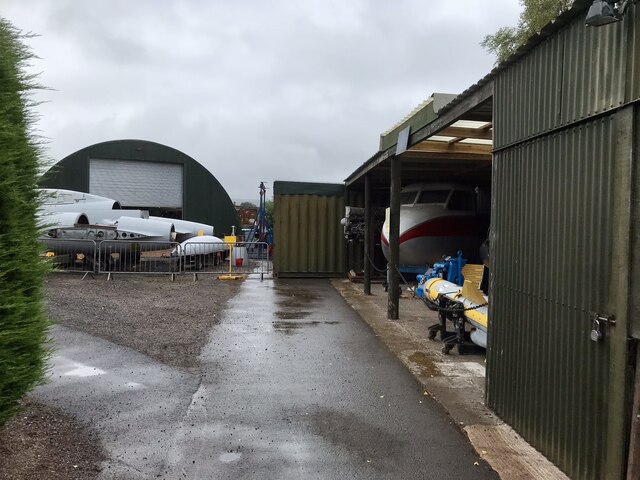
Manse Moss is a picturesque area located in Dumfriesshire, Scotland. Nestled amidst the stunning landscape of the region, Manse Moss is known for its beautiful downs and moorland.
The area is characterized by its rolling hills covered in lush green grass and heather, creating a scenic and tranquil environment. The downs in Manse Moss offer breathtaking panoramic views of the surrounding countryside, making it a popular destination for nature enthusiasts and hikers. The moorland, on the other hand, is a vast expanse of open land, covered in heather and scattered with peat bogs and small ponds.
Manse Moss is home to a variety of plant and animal species, including heather, foxes, deer, and numerous bird species. The area is also known for its rich history, with archaeological sites and remnants of ancient settlements scattered throughout the landscape.
Visitors to Manse Moss can enjoy a range of outdoor activities, such as hiking, birdwatching, and photography. The peaceful and serene atmosphere of the downs and moorland provides a perfect escape from the hustle and bustle of everyday life.
Overall, Manse Moss is a stunning natural area, offering breathtaking views, a diverse range of flora and fauna, and a sense of tranquility that makes it a must-visit destination for nature lovers and those seeking to explore the Scottish countryside.
If you have any feedback on the listing, please let us know in the comments section below.
Manse Moss Images
Images are sourced within 2km of 55.097962/-3.5600118 or Grid Reference NY0079. Thanks to Geograph Open Source API. All images are credited.

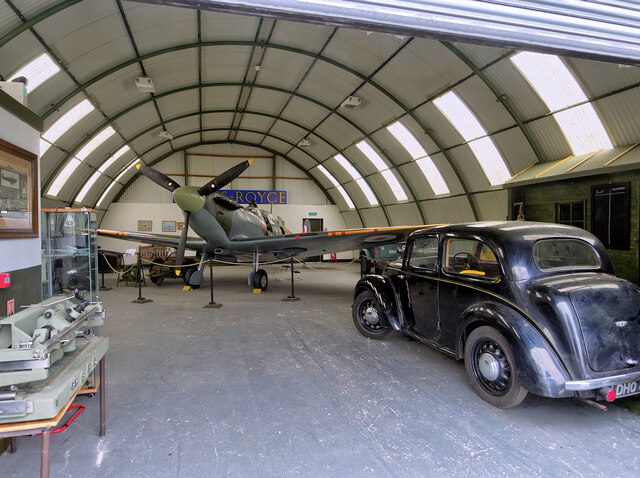
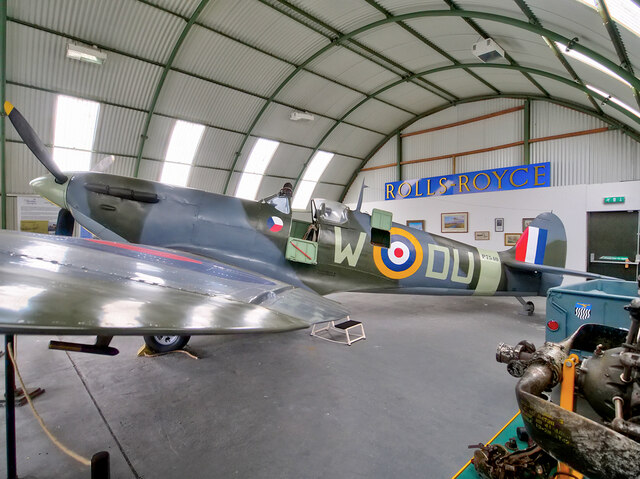
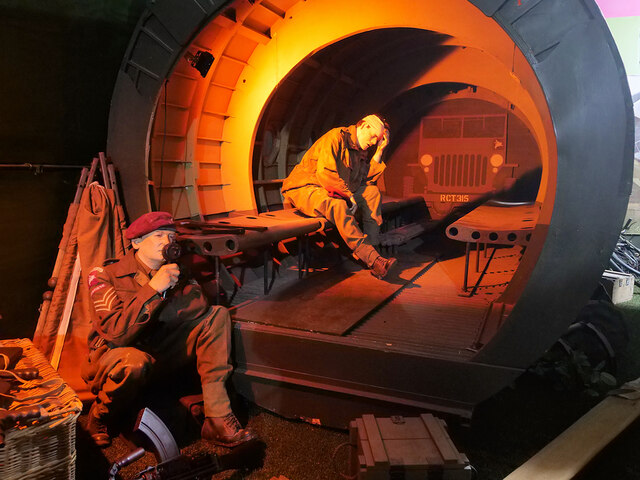
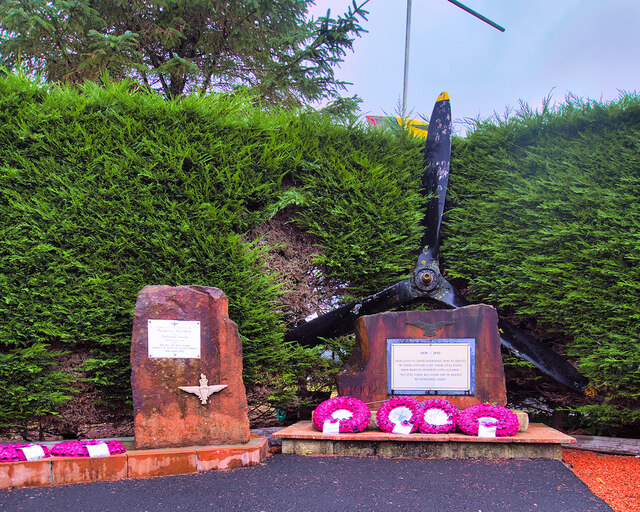
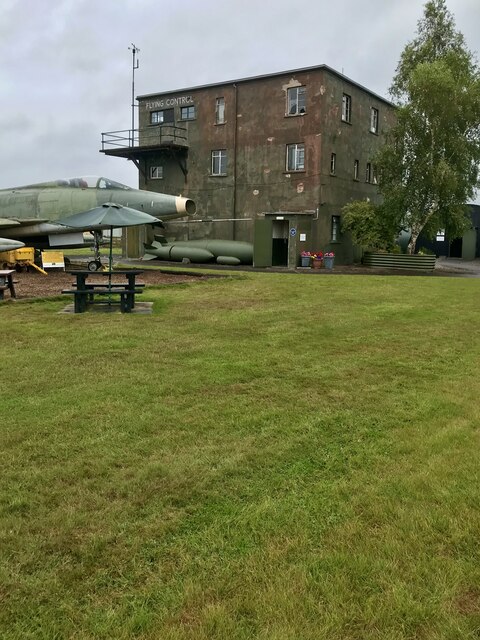
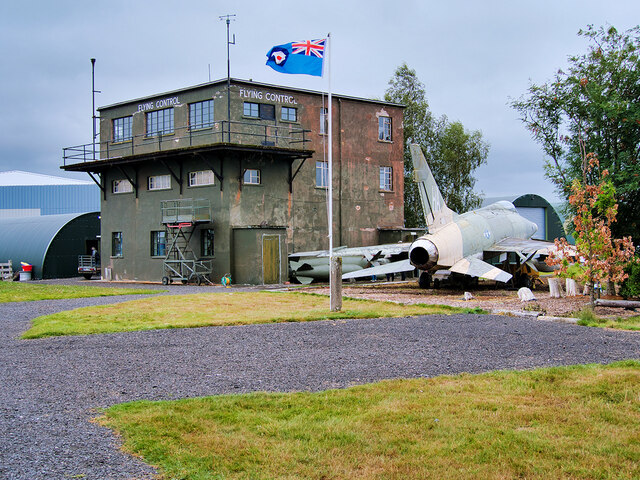
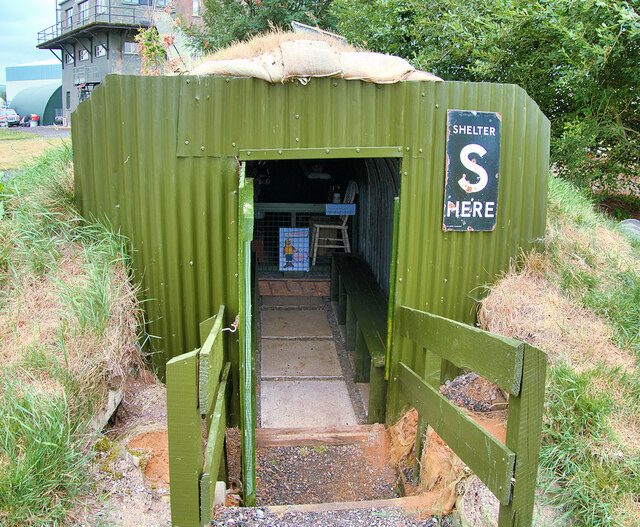
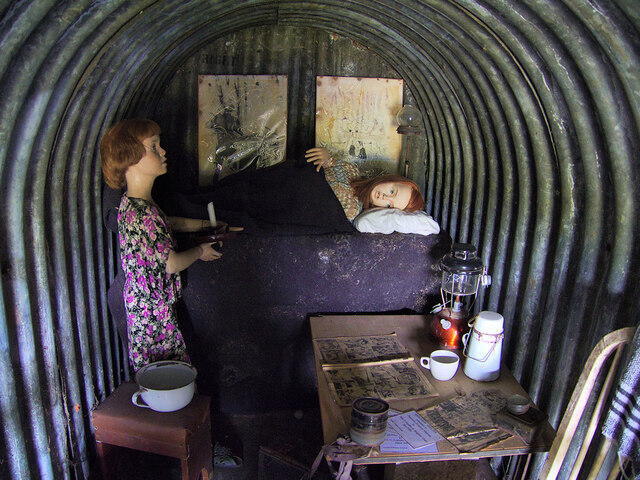
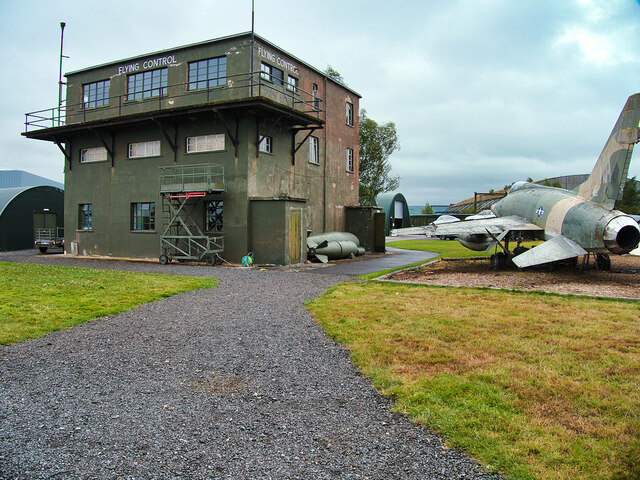
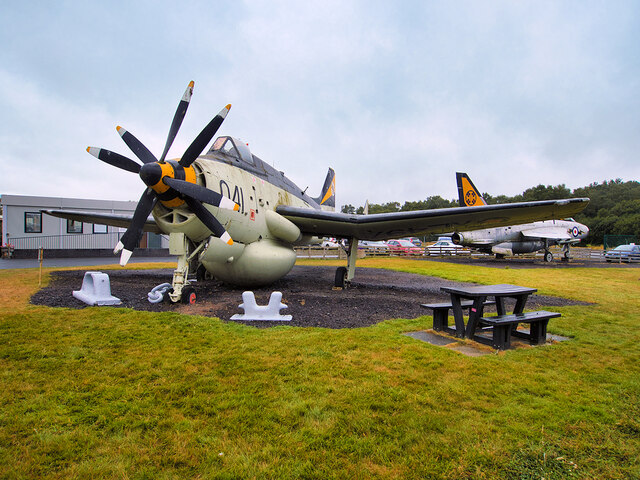
Manse Moss is located at Grid Ref: NY0079 (Lat: 55.097962, Lng: -3.5600118)
Unitary Authority: Dumfries and Galloway
Police Authority: Dumfries and Galloway
What 3 Words
///relishes.knowledge.losing. Near Locharbriggs, Dumfries & Galloway
Nearby Locations
Related Wikis
Lochar Thistle F.C.
Lochar Thistle Football Club are a football club originating in 1969 from the villages of Locharbriggs and Heathhall in the town of Dumfries in Scotland...
RAF Dumfries
Royal Air Force Dumfries or more simply RAF Dumfries was a former Royal Air Force station located near Dumfries, Dumfries and Galloway Scotland. The airfield...
Dumfries and Galloway Aviation Museum
The Dumfries and Galloway Aviation Museum is a volunteer-operated aviation museum located in and around the World War II-era watch tower (control tower...
Auchen Castle Hotel
Auchen Castle is a wedding destination near Moffat, Dumfries and Galloway, Scotland. With 26 bedrooms, a private lake and falconry school, it has a 5-star...
Nearby Amenities
Located within 500m of 55.097962,-3.5600118Have you been to Manse Moss?
Leave your review of Manse Moss below (or comments, questions and feedback).
